
5 star-flowering magnolias
Species with varied colours and growth habits
Contents
Magnolia is a highly ornamental tree that, with its flowers inserted in spirals at their base, is among the oldest flowering trees. Its abundant flowering and often early signals the arrival of spring with magnificent and numerous flowers ranging from white to purple, including pink.
There are two main types of magnolias: those with tulip-shaped flowers and those with star-shaped flowers, the latter also known as Magnolia stellata. The star-flowering variety is often abundant and early, brightening the garden early in the season with its multitude of stars, usually white, that typically appear before the leaves (except for varieties with evergreen foliage, of course!). Most of these low-growing trees will easily find their place in all types of gardens, including small city gardens, where the magnolia can take centre stage amidst a short grass meadow. Furthermore, due to their good hardiness, often down to -15°C or more, they can be planted in most regions of France.
Below is a selection of 2 magnolias with white star-shaped flowers and 3 magnolias with shades of pink or yellow.
Magnolia stellata, a fragrant white cloud from the first days of spring.
The type species of the Star Magnolia is distinguished by its magnificent flowering which is the most floriferous and the earliest of the genus. At the very beginning of spring, as early as March, it is covered with a multitude of pure white star-shaped flowers that burst forth before the leaves appear. The large corollas with numerous elongated petals measure about ten centimetres in diameter. The light fragrance of the flowering will enchant anyone passing by the bush for several weeks as winter comes to an end, even in cool weather. It also has another advantage: even very young plants will flower.
This is a small, highly ornamental and ramified bush that can reach 3 m in height at ripeness. It is therefore perfectly suited to small gardens, where it will benefit from being planted in isolation to showcase it well in spring. Over time, it takes on a more spreading habit. After flowering, the magnolia loses some of its splendour, but its leaves, although deciduous, take on a lovely golden hue in autumn.
Magnolia stellata requires fresh, rather acidic soil. Be sure to maintain soil moisture in summer, ideally by mulching. It should be positioned in full sun or partial shade.
For associations, consider other heather soil shrubs that flower later in the year, such as camellias or rhododendrons. You can also plant white-flowering bulbs at its base, such as daffodils and tulips, which, by flowering at the same time of year, will give you a “white garden” atmosphere.
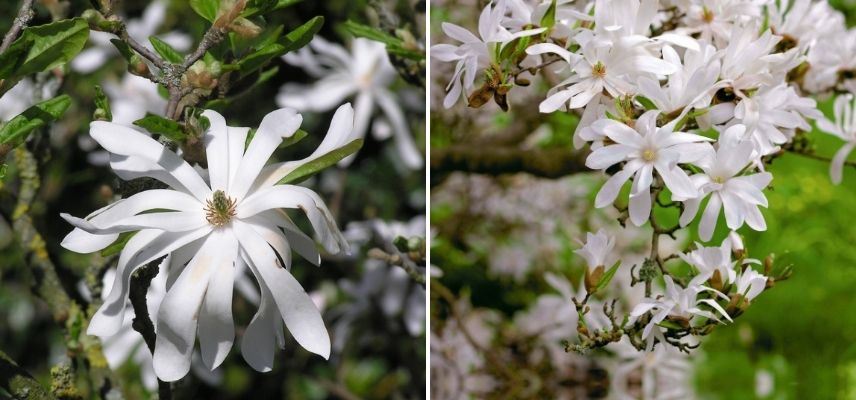
Magnolia stellata (Photo by Sonderzeichen)
Read also
Magnolias: planting, pruning and careMagnolia stellata 'Waterlily', a double-flowered bush ideal for small gardens
Equally floriferous as the type species, Magnolia stellata ‘Waterlily’ has a slightly lower growth, not exceeding 2.5 m. It thus finds its place in small city gardens. It can even be grown in a pot if necessary. This small size does not detract from its flowering. Indeed, it adorns itself with double flowers with a diameter of up to 12 cm, giving them a more striking presence.
Thanks to its low growth, pot cultivation is quite feasible. It has a compact habit and slow growth, making it ideal for restricted spaces where it will add a touch of elegance. The fragrance of the flowers will linger for a long time, even when temperatures are still cool in spring.
Next, dark green, ovate leaves appear. These will turn slightly yellow in autumn.
This bush will play a perfect leading role in your garden, and even on your terrace. It enjoys a sunny exposure, but in the south, prefer partial shade to prevent it from scorching. It is also very easy to care for, whether regarding climate or soil, as long as it is sufficiently rich. In slightly calcareous soil, you can add a bit of heather soil to slightly acidify the soil.
Its pure white flowering followed by its golden foliage in autumn will be enhanced by the presence of plants with dark, evergreen foliage, such as yews.
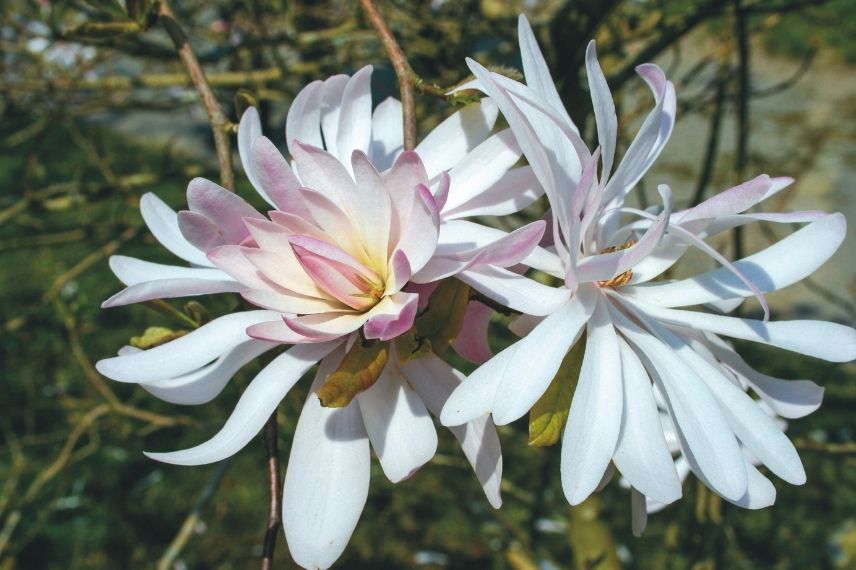
Magnolia stellata ‘Waterlily’
Discover other Magnolia
View all →Available in 0 sizes
Available in 1 sizes
Available in 1 sizes
Available in 1 sizes
Available in 1 sizes
Available in 1 sizes
Available in 1 sizes
Available in 1 sizes
Available in 2 sizes
Available in 1 sizes
Magnolia stellata 'Rosea', a touch of romance for your terrace
Magnolia stellata ‘Rosea’ is a small heather soil bush with a very ornamental rounded habit. Just like the species type, it is highly floriferous and is covered in pink flowers that turn white over the weeks from early spring, starting in March. Initially cup-shaped, they open to reveal large stars measuring 12 cm in diameter that catch the eye.
The oblong leaves then appear, taking on a golden hue in autumn before falling.
Reaching no more than 2 m in height, it is the ideal candidate for pot cultivation on a terrace. However, nothing prevents you from planting it in the ground. In a small garden, for example, by planting it as a solitary specimen in the middle of the short grass meadow, you will give it the leading role. It can also be included in a heather soil bed alongside other bushes such as rhododendrons and azaleas, which have staggered flowering times.
→ Discover our article: Growing a magnolia in a pot
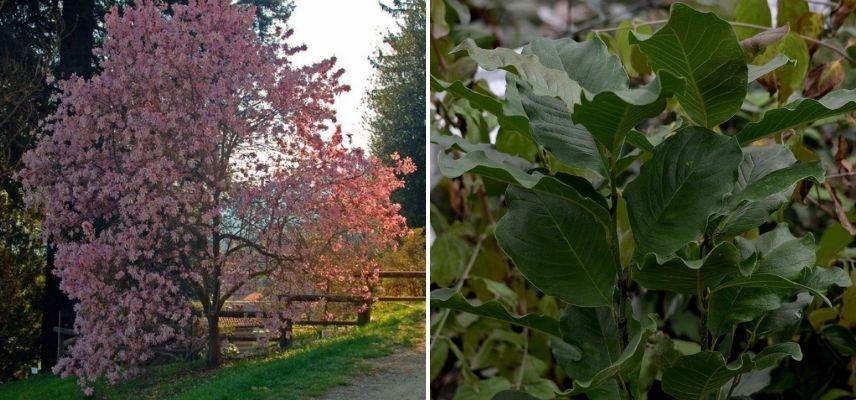
Magnolia stellata ‘Rosea’ (Photo on the left Wikipedia)
Read also
Magnolias: 7 companion planting ideasMagnolia loebneri 'Merrill', a majestic tree with pink flowering
Unlike the previously mentioned stellata magnolias, which are generally shrubs not exceeding 3 m in height, the Magnolia loebneri ‘Merrill’ is a majestic tree that can reach 6 m. It is the result of a cross-breeding between Magnolia kobus, a large hardy tree, and Magnolia stellata. The result is a highly floriferous tree that is easy to care for. Its growth is relatively slow, but one should not forget its mature size at the time of planting. Therefore, it will thrive in large gardens.
The flowers will appear early in the season, as early as March and April, again on leafless branches. The flower buds, relatively resistant to frost, will first open in a cup shape before spreading into magnificent stars 10 to 15 cm in diameter. These flowers, white on the inside and striated with pink on the outside, give a rosy hue typical of romantic gardens. Add to this its slightly lemony fragrance that can be detected when approaching.
This magnolia, which prefers acidic soil, can be cultivated in many regions, particularly due to its good hardiness down to -15°C. Furthermore, it can be shaped in various ways, whether as a bush, on multiple stems (many-stemmed), or on a single trunk.
Plant it alongside evergreen trees with dark foliage, such as yews and thujas. These will serve as a backdrop against which the abundant light flowering of the Magnolia loebneri ‘Merrill’ will stand out even more.

Magnolia loebneri ‘Merrill’ (Photo on the left by manue2; photo on the right from Plant image library)
Magnolia 'Gold Star', with large pale yellow stars and a subtle fragrance.
Here is a bush taller than wide, reaching 3.5 m and highly ornamental. It is particularly interesting if the soil in your garden is slightly alkaline. Indeed, while cultivation is generally favoured in acidic or neutral soil, Magnolia stellata ‘Gold Star’ can also tolerate a bit of lime in the soil, which is quite rare in this family of bushes.
Another asset is the original colour of its flowering, which will brighten your garden in late spring, during April and May, with its large star-shaped corollas of pale yellow. Its flowers, measuring 15 cm in diameter, present long petals in a soft hue reminiscent of butter.
Moreover, its fragrance and foliage are not to be overlooked. This magnolia offers subtle scented notes as you pass by, and its foliage takes on a bronze hue when young.
If you plant it isolated in your garden, you can place a white-flowering camellia nearby, such as Camellia transnokoensis, which will bloom a little earlier. If you prefer gradients or shades, plant it alongside a forsythia, whose bright yellow will energise the pale yellow of Magnolia stellata ‘Gold Star’. And why not add some daffodils at its base to complete the ensemble? That said, like other magnolias stellata, it can also find its place in a heather soil bed.
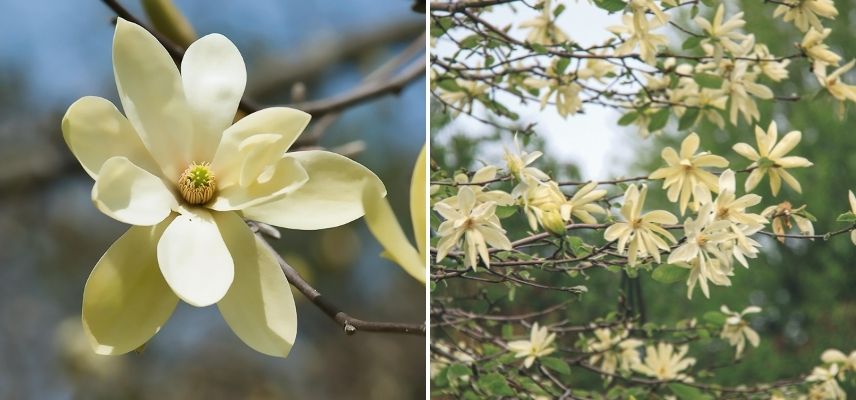
Magnolia stellata ‘Gold Star’ (Photo left Bob Gutowsky; photo right Montreal Botanical Garden)
- Subscribe!
- Contents
































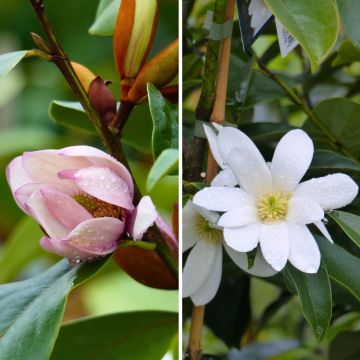
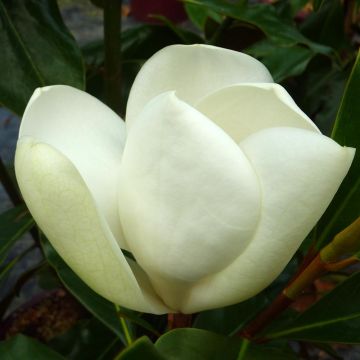
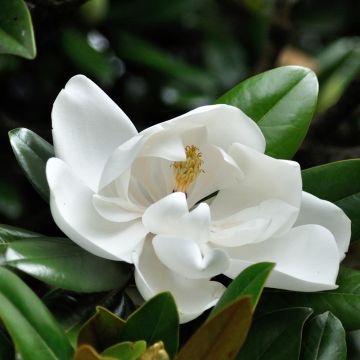
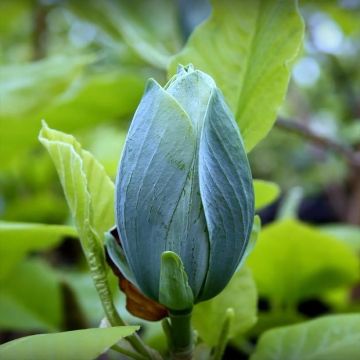
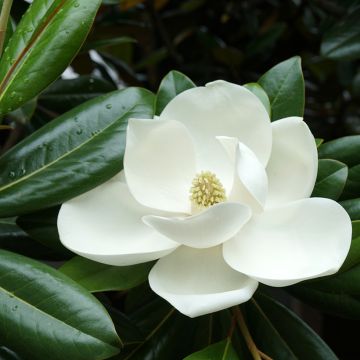
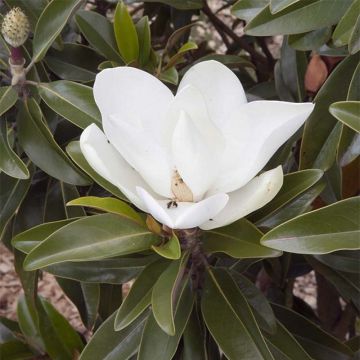
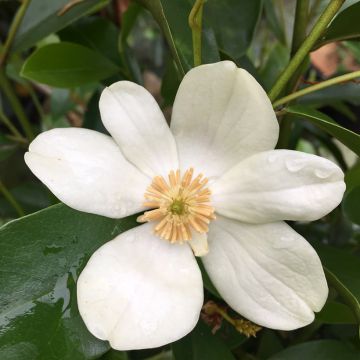
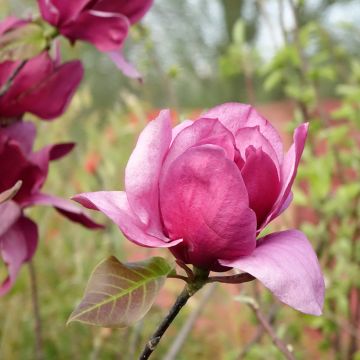
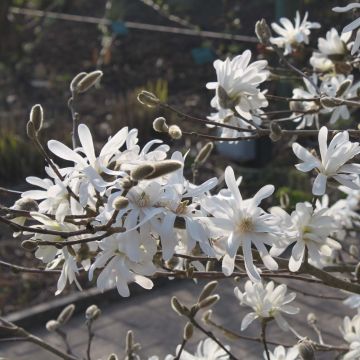
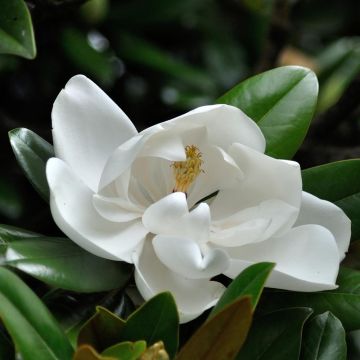
Comments